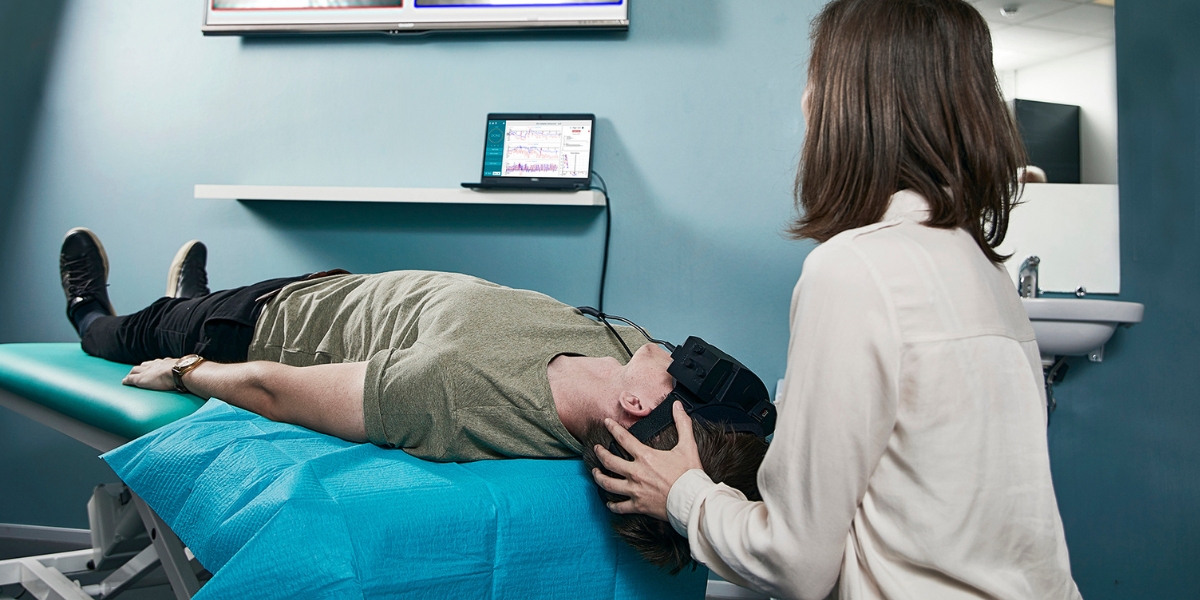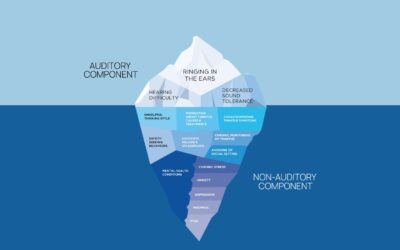In the realm of audiology, the importance of efficient vestibular assessments cannot be overstated. The current model often involves a convoluted pathway, starting with general practitioners and culminating in complex referrals and prolonged wait times. It’s evident that a change is needed to streamline this process and ensure timely, accurate evaluations for patients seeking vestibular care.
As audiologists, we recognize that vestibular testing aligns with our qualifications and expertise. Many of us harbour a keen interest in this field, understanding the potential it holds for improving patient outcomes. However, the leap from interest to successful practice can seem daunting.
Breaking Down Barriers: The Path to Integrating Vestibular Assessments
Today, let’s explore how you can take the first stride toward seamlessly incorporating vestibular assessments into your existing audiology practice. By embracing this expansion, you not only enhance your service offerings but also contribute to reducing the burden on the existing convoluted referral system.
1. Screening Model: A Pragmatic Entry Point
The screening model serves as an accessible gateway into vestibular assessments. This builds off the need for vestibular triage, where quick screening appointments with audiologists can be used as an alternative to primary care physician visits which typically result in referrals and ultimately long waits to see an otolaryngologist. Using a case history and infrared video Frenzel goggles, an audiologist can efficiently categorize a patient in as little as five minutes, identifying those in need of further assessment or specialized intervention. Financial modelling suggests that doing one screening daily can add up to $25,000 in additional annual revenue to your practice. This is a great model for audiologists who are working in rehab but want to add a small amount of vestibular assessment to their practice, serve their community, and improve relationships with otolaryngologists. The triage model requires developing strong relationships with local ENTs and GPs as you need the ability to request referrals to make triage efficient and effective.
2. Peripheral Diagnostic Assessments: Extending Your Reach
Expanding your services to encompass peripheral diagnostic assessments is the next logical step. This model involves a broader range of tests, including comprehensive audiological assessments, a detailed case history, and sophisticated evaluations such as vestibular evoked myogenic potentials (VEMP) and video head impulse testing (vHIT). This allows you to diagnostically assess the patient for peripheral vestibular pathology, something that currently carries a long wait list for within public health.
Financial modelling shows that performing four vestibular assessments per day, four days per week, will add $80,000 in revenue to your practice at the current suggested billing rates.
3. Central and Peripheral Vestibular Assessments: Elevating Your Practice
For those who are ready to embrace a more comprehensive approach, central and peripheral vestibular assessments offer an unparalleled opportunity. This advanced model encompasses a wide array of tests, from audiological assessments to detailed case histories, and sophisticated evaluations that encompass ocular motor functioning, positional tests, and caloric testing, as well as vestibular rehabilitation.
Many are hesitant to lean into vestibular practice which in this case includes hearing testing equipment, vHIT, VEMP, VNG, calorics, and even rotary chair equipment. There is also financial modelling available here. If you perform three assessments daily, four days per week, the annual revenue at the current suggested billing rate is $475,000.
What to learn more?
If this blog interests you and you want more information, then sign up for my Business of Balance micro course on Pacific Audiology Group’s Learn On Canada platform. Here I’ll review the required equipment and costs for each of these three models, along with more detailed financial modeling, and more!
If you found this blog helpful, please share it on social media!





